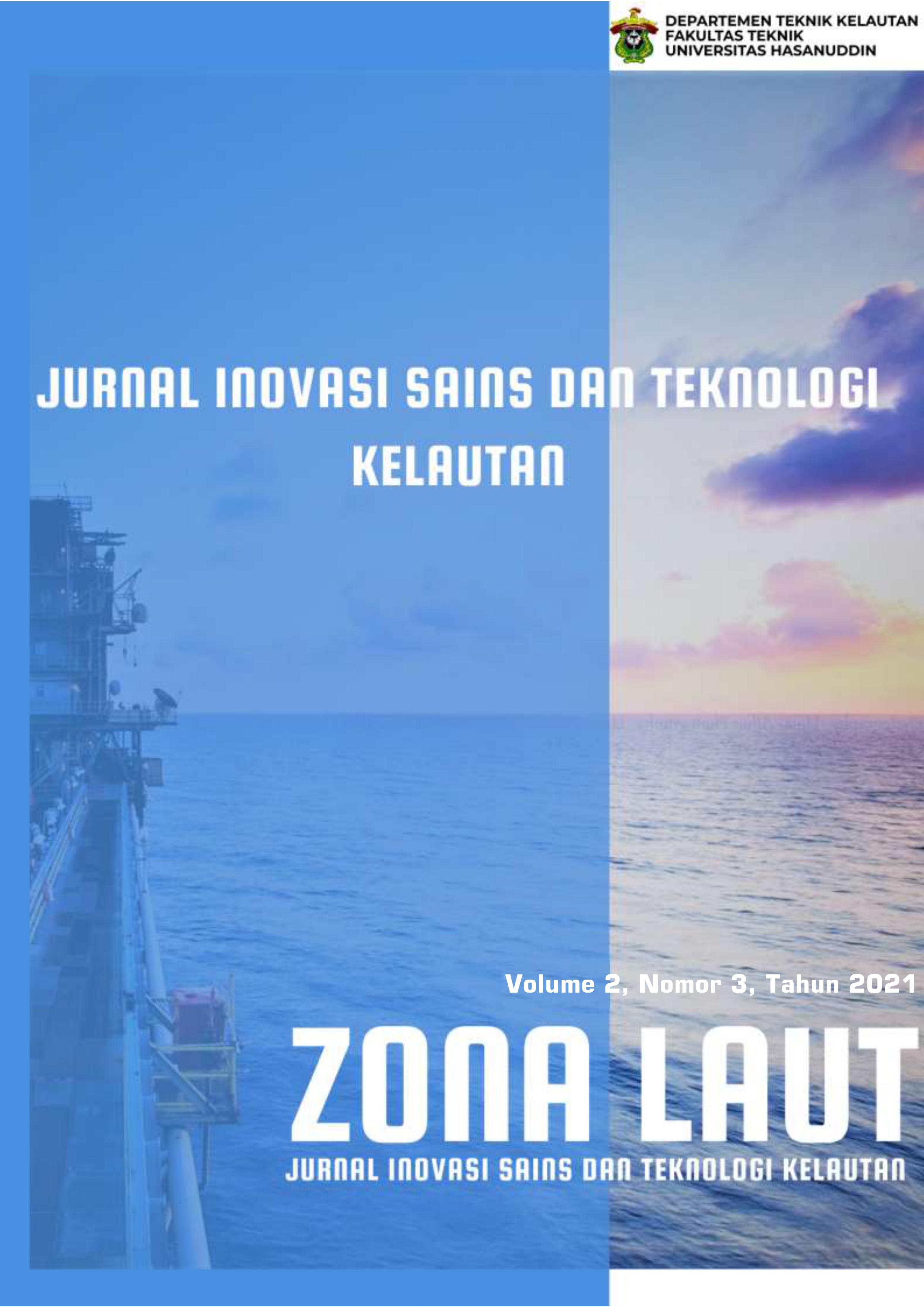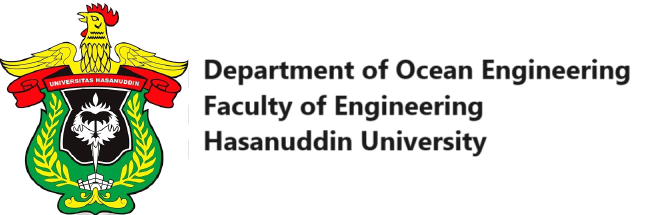Biomass Gasification Equipment Design
DOI:
https://doi.org/10.62012/zl.v2i3.14888Keywords:
Design, Gasification, Rice Husk, Beach Sand, Biomass.Abstract
Indonesia as a country which has a very large area and a high population as well as diverse geographical conditions and a dispersed population, still faces challenges in meeting energy for all its inhabitants. Many Indonesians do not have access to fuel and use traditional stoves for cooking. In fact, as we all know, Indonesia has a high potential for clean and renewable energy. The potential of these renewable energy resources can be utilized to create equitable and clean energy access. By looking at the achievement of using clean and renewable energy in Indonesia which is still low while the potential for renewable energy is quite high and widespread, the idea arises to take advantage of local potentials by creating a design of a biomass gasification tool that can be used in areas that do not yet have access to energy. Using simple tools that are easily obtained locally, the researchers designed a biomass gasification device, which will later be tested whether it is capable of producing gas fuel. This research has succeeded in proving that the gasification equipment that is assembled and uses rice husk and beach sand as fuel is able to produce gas for a fire which can later be used by the community, especially in coastal areas.Downloads
References
. IESR, 2017, Energi Terbarukan : Energi untuk Kini dan Nanti, Strategic Partnership for Green and Inclusive Energy.
. Tanaka, Nao. 2015. Teknologi Tepat Guna dan Dunia Alternatif. Jakarta: Gramedia.
. Molino. Antonio ., Chianese Simeone .2015. Biomass gasification technology: The state of the art overview A. Molino et al./Journal of Energy Chemistry 25 (2016) 10– 2
. Rauch et.al, 2014, Biomass Gasification For Synthesis Gas Production And Applications Of The Syngas, Wires energy and Environment, https://doi.org/10.1002/wene.97.
. Basu, 2010, Biomass Gasification and Pyrolysis Practical Design and Theory, Book, Elshevier 2010.
Downloads
Published
How to Cite
Issue
Section
License
Copyright (c) 2021 Hasdinar Umar, Deni Mulyawan

This work is licensed under a Creative Commons Attribution 4.0 International License.
Allow anyone to modify, improve, and make derivative works, even for commercial purposes, as long as they credit to you for the original work.





























